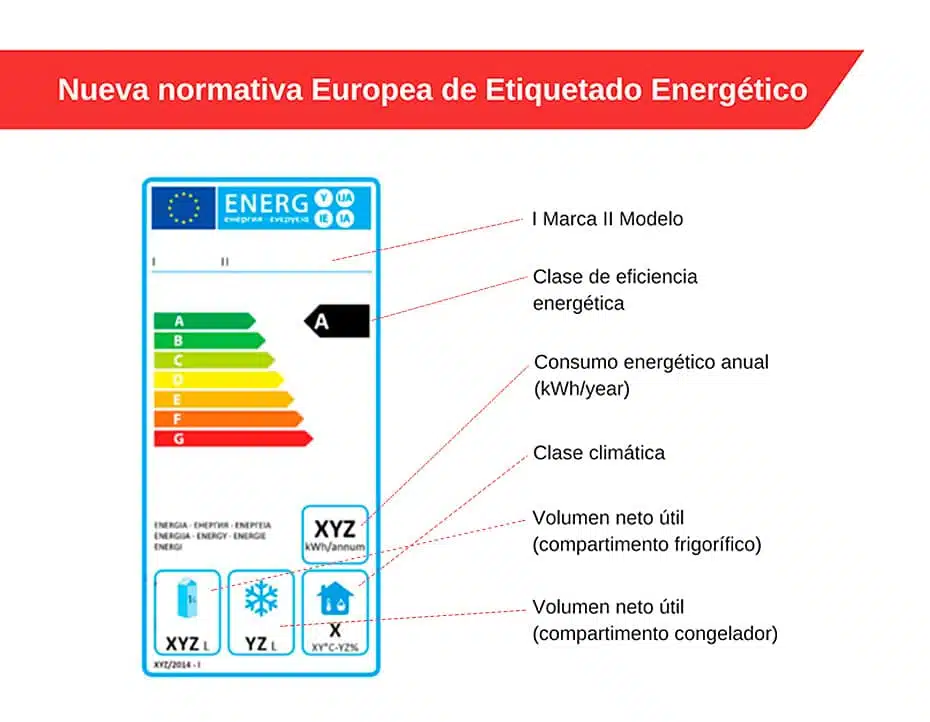El CHUS: an energy efficiency model that has reduced its bill by almost half in ten years

The Complexo Hospitalario Universitario de Santiago (CHUS) has become a reference in the field of energy efficiency after achieving a notable reduction in its energy bill of nearly 50% over the last decade. Thanks to a savings plan initiated in 2012, a series of measures have been implemented that have transformed the way electricity and gas are consumed, as well as the transition to the use of more sustainable energy. These efforts have not only allowed for a decrease in energy consumption, but have also significantly contributed to the reduction of CO2 emissions, marking a path towards sustainability in the health sector.
The Complexo Hospitalario Universitario de Santiago (CHUS) has proven to be a reference in energy efficiency by achieving a notable reduction in energy consumption, reaching up to 40.54% in the last decade. This significant reduction was made possible by the implementation of an energy savings plan launched in 2012, allowing CHUS not only to save costs, but also to contribute to environmental sustainability by reducing its carbon dioxide emissions.
Results of the Energy Savings Plan
Since the implementation of the plan, electricity consumption has decreased by 27.86% and gas consumption by 39.84%. However, the greatest impact has been observed in the use of diesel, with a remarkable reduction of 96.65%. In 2012, the expenditure on diesel for public hospitals in Santiago was 8.15%, a figure that was reduced to only 0.27% in 2022, highlighting the success of the adopted measures.
Measures Implemented for Energy Efficiency
The energy savings plan was the result of a collaboration between CHUS, the Servizo Galego de Saúde (Sergas), and the Instituto Enerxético de Galicia. Among the actions carried out were the renovation of facilities, comprehensive maintenance, and the replacement of diesel as a heating fuel with an integrated supply system for gas and electricity.
New Installations
Recently, new gas boilers, as well as pumps and thermostatic valves have been installed in different hospitals, allowing for a more efficient heat generation. For cooling, six new high-performance cooling plants were implemented, and changes were made to control valves and heat recovery, all with the vision of improving energy efficiency.
Impact on Consumption and Emissions
Studies conducted on energy efficiency predict that, without the improvements made, consumption could have increased by 14%. The loss of efficiency reflected by the aging of facilities represents a 1.5% for electricity, 0.5% for gas, and 2% for diesel. The figures demonstrate that, since the launch of the plan, total energy consumption was reduced from 59,158,467 kilowatt-hours to 37,202,722 kWh, and projections for 2026 indicate an additional reduction of 20%.
Reduction of CO2 Emissions
CHUS has not only managed to save in terms of energy, but it has also notably contributed to the reduction of its carbon dioxide emissions, achieving a 57.40% decrease over the last decade. These achievements include a 26.84% reduction in emissions due to electricity use, 21.69% in diesel, and 8.87% in gas.
International Recognitions
The Santiago and Barbanza Health Area is part of the Global Green and Healthy Hospitals network, which promotes sustainable practices in the health field. Its work has been recognized with multiple international awards for its efforts in reducing the ecological footprint and promoting a healthier environment.
Distinguishable Awards
Among the awards received are silver and gold medals for climate leadership and resilience. In particular, in 2022, it received a distinction for its energy work within an initiative led by the Climate Health platform.
In the last decade, the Complexo Hospitalario Universitario de Santiago (CHUS) has positioned itself as a reference in energy efficiency, achieving a remarkable energy saving of 40.54%. This success is the result of a plan established in 2012 that has led to a series of innovations in its facilities. The figures speak for themselves: a decrease of 27.86% in electricity consumption and an astonishing 96.65% in diesel, which has radically transformed the way these hospitals manage their energy consumption.
The implementation of new technologies, including gas boilers and cooling systems, has been key in this process. CHUS, in collaboration with the Servizo Galego de Saúde (Sergas) and the Instituto Enerxético de Galicia, has focused its efforts on replacing less sustainable fuels and improving its maintenance, enabling it to achieve ambitious emission reduction targets for carbon dioxide.
The environmental impact of these initiatives is significant, with a reduction of 57.40% in CO2 emissions over the last decade. This active contribution towards a more sustainable future has been internationally recognized, with multiple awards validating CHUS’s efforts to integrate practices that not only improve public health but also promote environmental health.
The success of CHUS should serve as an example for other institutions, showing that it is possible to combine the quality of health service with environmental responsibility, achieving a positive impact on both the community and the planet. As a future is projected where healthcare and sustainability go hand in hand, CHUS reaffirms its commitment to innovation and energy efficiency.


